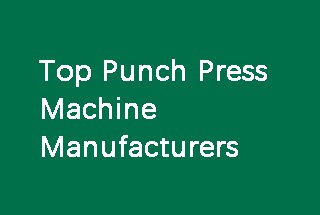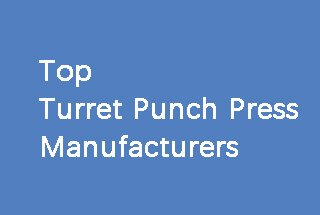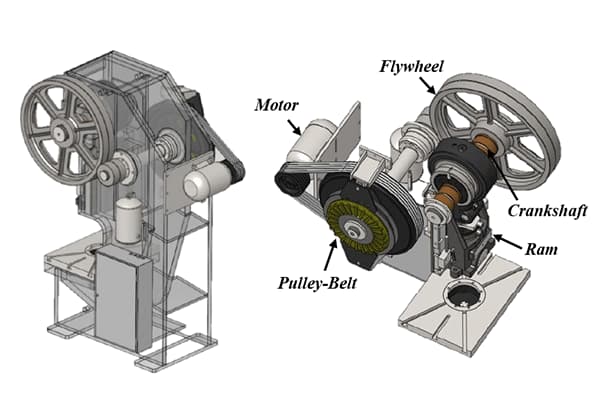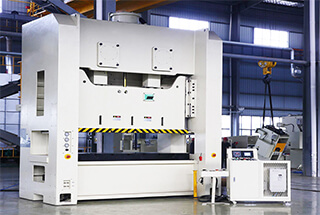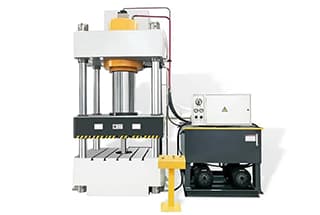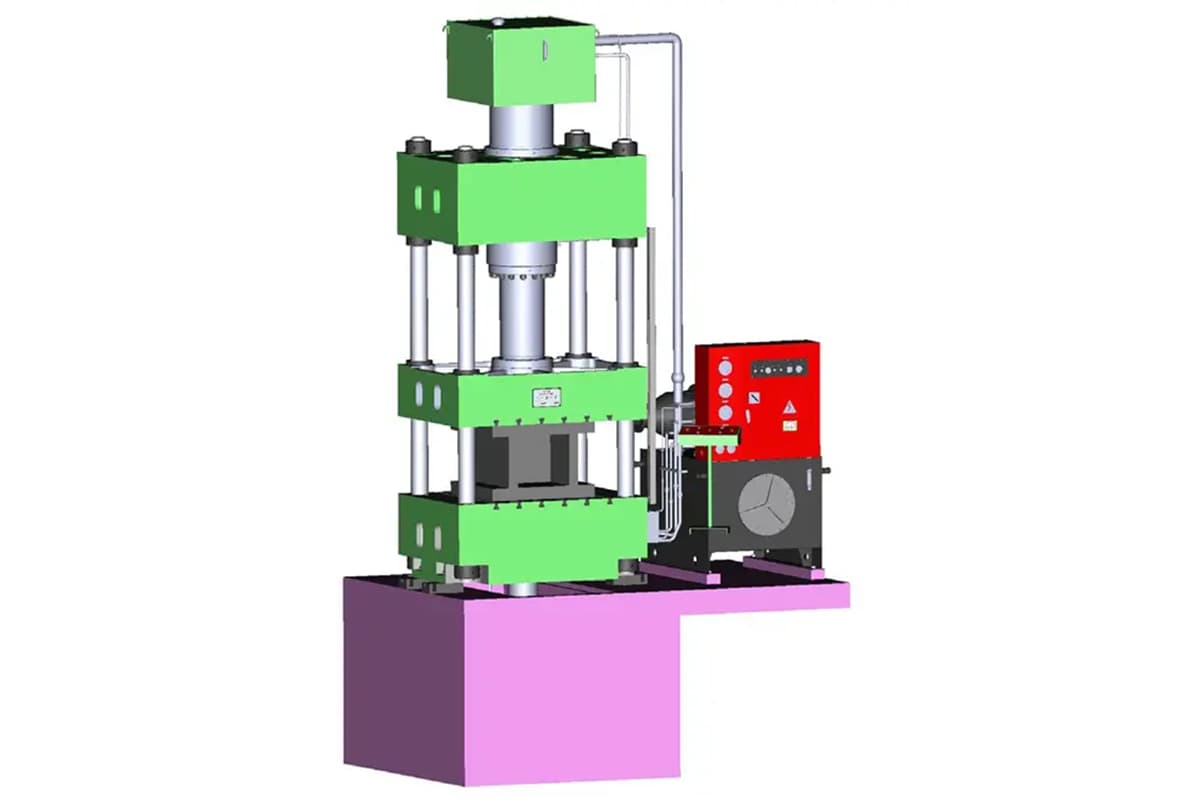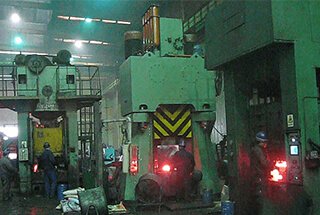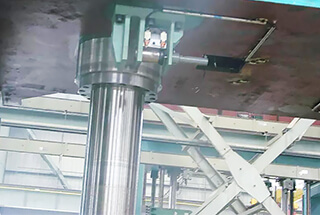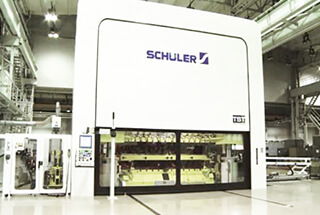
Have you ever wondered how everyday objects like pots, cups, and even car parts are shaped so precisely? This article explores the fascinating differences between mechanical and hydraulic presses. You’ll learn how each type of press works, their unique applications, and which one is best suited for various tasks. Get ready to uncover the secrets behind these powerful machines!
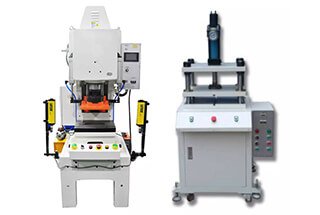

The fundamental design principle of a mechanical press is the conversion of rotational motion into linear motion, enabling the application of significant force for forming and shaping materials. This transformation is achieved through a sophisticated kinematic chain:
This intricate system allows for the generation of substantial force, typically ranging from 10 to 5000 tons, depending on the press size and design. The press’s stroke, speed, and force characteristics can be finely tuned by adjusting various components in this kinematic chain, enabling versatility in metalforming operations such as stamping, punching, and deep drawing.
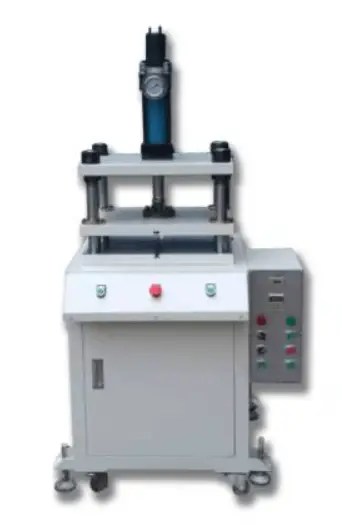
Hydraulic presses operate on the fundamental principle of Pascal’s law, utilizing incompressible fluid (typically hydraulic oil) to transmit force and motion. The system comprises several key components working in synergy:
The operational sequence begins with the hydraulic pump pressurizing the oil. This pressurized fluid is then directed through the hydraulic circuit into the cylinder. As the incompressible oil enters the cylinder, it exerts uniform pressure on the piston surface area. This pressure, multiplied by the piston area, generates the press force (F = P * A, where F is force, P is pressure, and A is area).
The motion and force of the piston are controlled by manipulating the oil flow and pressure using precision-engineered valves. Upon completing the pressing operation, the oil is typically returned to the reservoir through a check valve system, ready for the next cycle.
Modern hydraulic presses often incorporate advanced features such as:
Compared to mechanical presses, hydraulic presses offer several distinct advantages:
However, they may have slower cycle times and potentially higher maintenance requirements due to the complexity of the hydraulic system.
(1) Mechanical presses apply rapid, dynamic force through a kinetic energy transfer, utilizing inertia for high-speed operations. In contrast, hydraulic presses exert controlled, static pressure with a slower, more consistent downward force. For applications requiring larger material elongation or deeper draws, hydraulic presses are generally preferred due to their ability to maintain constant pressure throughout the stroke.
(2) Mechanical presses typically operate at fixed speeds determined by their design, offering limited adjustability. Hydraulic presses, however, feature stepless speed control and variable pressure settings, allowing for precise force modulation throughout the forming process. This flexibility enables better control over material deformation and elongation. It’s important to note that while hydraulic presses offer advantages for deep drawing, proper die design and lubrication are crucial to prevent material cracking, especially in high-elongation scenarios.
(3) For small, shallow-formed components like emblems or silver jewelry, mechanical presses are often the optimal choice due to their high cycling speeds and efficiency in low-elongation applications. Conversely, products requiring significant material flow or deep drawing, such as pots and cups, are better suited for hydraulic presses due to their controlled force application and adjustable speed. Mechanical presses excel in blanking operations where high-speed, clean cuts are required.
(4) Mechanical presses utilize a kinematic chain, typically employing a crank-slide mechanism or eccentric gears for force transmission. This results in a sinusoidal force-displacement curve. Hydraulic presses, on the other hand, rely on fluid power transmission, using hydraulic cylinders to generate force. This allows for a more uniform force distribution throughout the stroke.
(5) While both types of presses can perform various metal forming operations, they have distinct advantages in different applications. Mechanical presses are primarily optimized for high-speed cutting, blanking, and shallow forming operations in sheet metal processing. Their rapid cycling and precise bottom dead center make them ideal for stamping and punching. Hydraulic presses excel in deep drawing, forming, and operations requiring controlled force application over a longer stroke. They offer versatility in forming complex shapes and are particularly suited for larger workpieces or materials requiring careful deformation control.
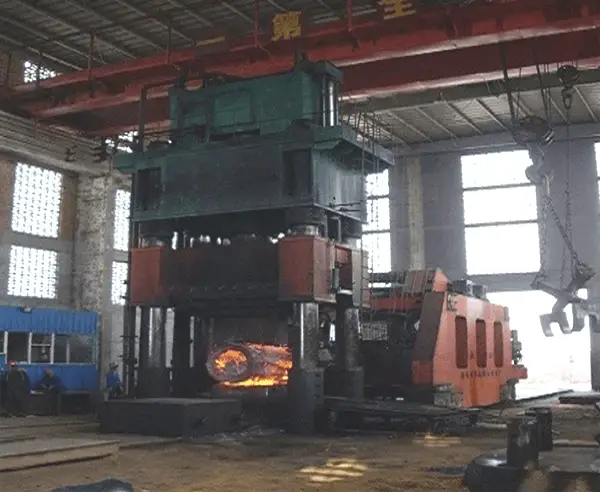
Punching machines are extensively utilized in the manufacturing of precision components across diverse industries. Their primary applications include:
These machines excel in high-volume production of intricate parts with tight tolerances and complex geometries.
Hydraulic presses, on the other hand, offer versatility in handling larger workpieces and exerting greater forces. Their applications span:
Hydraulic presses are particularly suited for operations requiring controlled force application over extended stroke lengths, making them ideal for deep drawing, forging, and complex forming processes.
Both technologies play crucial roles in modern manufacturing, with punching machines favoring high-speed, precision work on thinner materials, while hydraulic presses excel in applications demanding substantial force and adaptability to various forming operations.
Hydraulic and mechanical presses each offer distinct advantages in metal forming applications. Hydraulic presses excel in versatility and precise force control, making them ideal for complex forming operations and materials requiring variable pressure. Mechanical presses, on the other hand, provide higher production speeds and energy efficiency, making them well-suited for high-volume, repetitive stamping processes.
The choice between these press types ultimately depends on specific application requirements, production volumes, and material characteristics. As manufacturing technology continues to evolve, we are witnessing a trend towards more intelligent and adaptive press systems. Advanced sensors, real-time monitoring, and machine learning algorithms are being integrated into both hydraulic and mechanical presses, enabling:
Furthermore, the emergence of servo-driven presses is bridging the gap between hydraulic and mechanical technologies, offering a hybrid solution that combines the strengths of both. These innovative systems provide the flexibility of hydraulics with the speed and efficiency of mechanical presses, expanding the possibilities in metal forming processes.
As we move towards Industry 4.0 and smart manufacturing, the future of press technology will likely see further integration of IoT (Internet of Things) capabilities, AI-driven process optimization, and seamless connectivity with other production systems. This evolution will not only enhance the performance and efficiency of individual machines but also contribute to more agile, responsive, and sustainable manufacturing ecosystems.

